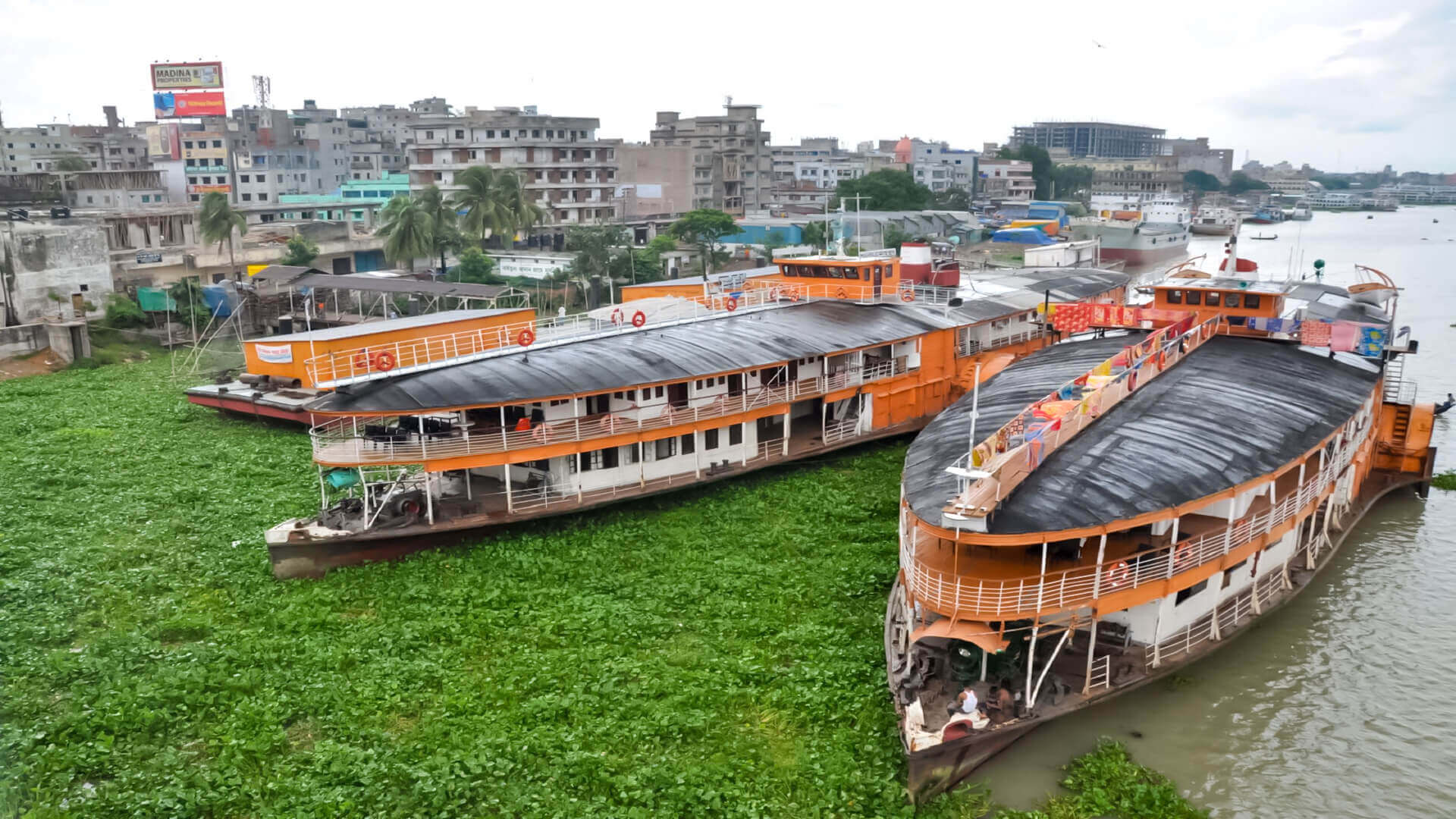[lwptoc]Bangladesh is a sovereign state in South Asia, formally the People’s Republic of Bangladesh. It is the biggest and most eastern part of Bengal’s ethnolinguistic area. The nation is located at the head of the Bay of Bengal, bordering India and Myanmar and separated from Nepal and Bhutan by the short Siliguri corridor. It is the eighth most populous nation in the world, the fifth most populous in Asia, and the third most populous country with a Muslim majority, with a population of 170 million. Bangladesh shares the official Bengali language with the bordering states of West Bengal, Tripura, and Assam (Barak Valley).
Three of Asia’s biggest rivers, the Ganges (locally referred to as the Padma), the Brahmaputra (locally referred to as the Jamuna), and the Meghna, run through Bangladesh and combine to create the lush Bengal Delta, the world’s largest delta. world. Bangladesh is home to 700 rivers, the majority of the world’s biggest mangrove forest, rainforest and tea-growing mountains, a 600-kilometer-long (370-mile-long) coastline with the world’s longest beach, and numerous islands, including a coral reef. Bangladesh, along with South Korea and Monaco, is one of the world’s most densely inhabited nations. Dhaka, the capital, and Chittagong, the port city, are the two most populous urban hubs. Bengalis are the largest ethnic group, followed by Bengali Hindus, Chakmas, Bengali Christians, Marmas, Tanchangyas, Bisnupriya Manipuris, Bengali Buddhists, Garos, Santhals, Biharis, Oraons, Tripuris, Worlds, Rakhines, Rohingyas, Ismailis, and Bahais.
The ancient Greeks and Romans referred to the Great Bengal as Gangaridai. The delta’s inhabitants created their own language, script, literature, music, art, and architecture. The area was characterized as a maritime power in early Asian literature. It was a vital link on the ancient Silk Road. For four centuries, Bengal was incorporated into the Muslim world and controlled by sultans, notably the Sultanate of Delhi and the Sultanate of Bengal. This was followed by the Mughal Empire’s governance. The Islamic Bengal was a cultural melting pot, a regional power, and a significant participant in medieval global commerce. At the end of the 18th century, the British colonial conquest began. Nationalism, social reforms, and the arts flourished under the British Raj, when the area was a hotspot of the subcontinent’s anti-colonial movement.
The first British partition of Bengal in 1905, which established the provinces of East Bengal and Assam, laid the groundwork for the 1947 partition of British India, when East Bengal became part of the Dominion of Pakistan and was renamed East Pakistan in 1955. It was isolated from West Pakistan by Indian territory spanning 1,400 kilometers (870 miles). Eastern Pakistan was home to the bulk of the population and the legislative capital. In 1971, the Bangladesh Liberation War culminated in East Pakistan’s independence as a new republic with a secular multiparty parliamentary democracy. In 1975, a presidential administration was created via a state of an ephemeral party and numerous military coups. In 1991, the parliamentary republic was restored, resulting in increased economic development and relative stability. Bangladesh is still grappling with poverty, corruption, divided politics, security forces violations of human rights, overpopulation, and global warming. The nation has, nevertheless, achieved significant strides in human development, particularly in areas like as health, education, gender equality, population management, and food production. From 57 percent in 1990 to 25.6 percent in 2014, the poverty rate has decreased.
Bangladesh, a middle power in international affairs and a significant developing country, is one of the following eleven countries. It is a unitary state governed by an elected legislature known as Jatiyo Sangshad. Bangladesh is South Asia’s third biggest army and economy, after India and Pakistan. It is a founding member of SAARC and is home to BIMSTEC’s permanent secretariat. The nation is the biggest donor to UN peacekeeping missions on a worldwide scale. It is a member of the Group of 77, the Non-Aligned Movement, the BCIM, and the Indian Ocean Association. The nation is endowed with significant natural resources, including as natural gas and limestone. Agriculture is primarily responsible for the production of rice, jute, and tea. Bangladesh, historically known for its muslin and silk, is currently one of the top manufacturers.
Bangladesh, a middle power in international affairs and a significant developing country, is one of the following eleven countries. It is a unitary state governed by an elected legislature known as Jatiyo Sangshad. Bangladesh is South Asia’s third biggest army and economy, after India and Pakistan. He is a founding member of SAARC and is home to BIMSTEC’s permanent secretariat. The nation is the biggest donor to United Nations peacekeeping missions on a worldwide scale. He is a member of the 77 Group, the OIC, the Commonwealth of Nations, the World Trade Organization, the Non-Aligned Movement, the BCIM, and the Indian Ocean. The nation is endowed with significant natural resources, including as natural gas and limestone. Agriculture is primarily responsible for the production of rice, jute, and tea. Bangladesh, historically known for its muslin and silk, is now one of the world’s top textile producers. The European Union, the United States, Japan, and other surrounding countries like as China, Singapore, Malaysia, and India are its primary trade partners.


